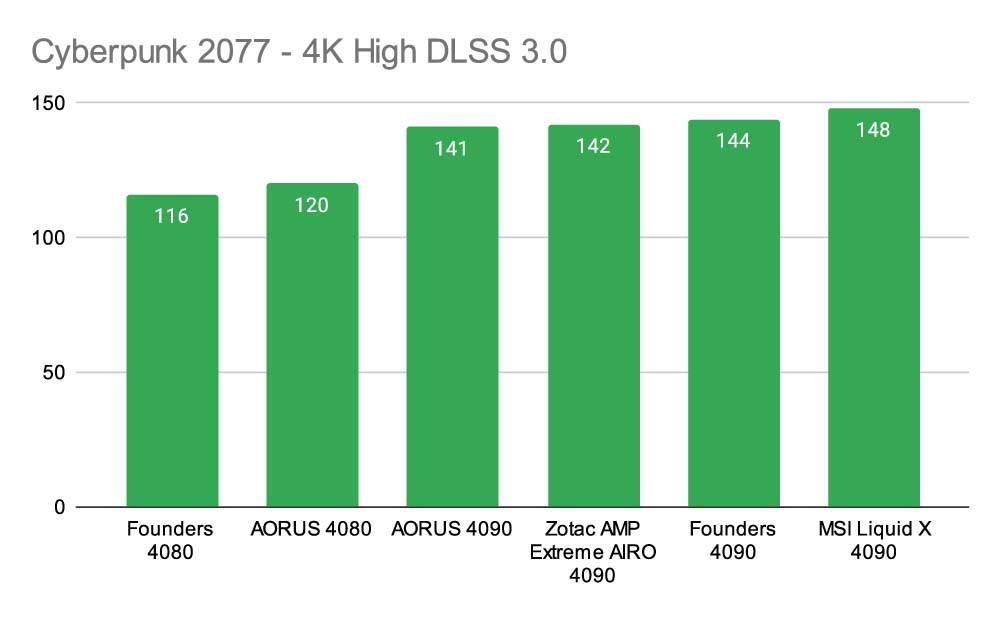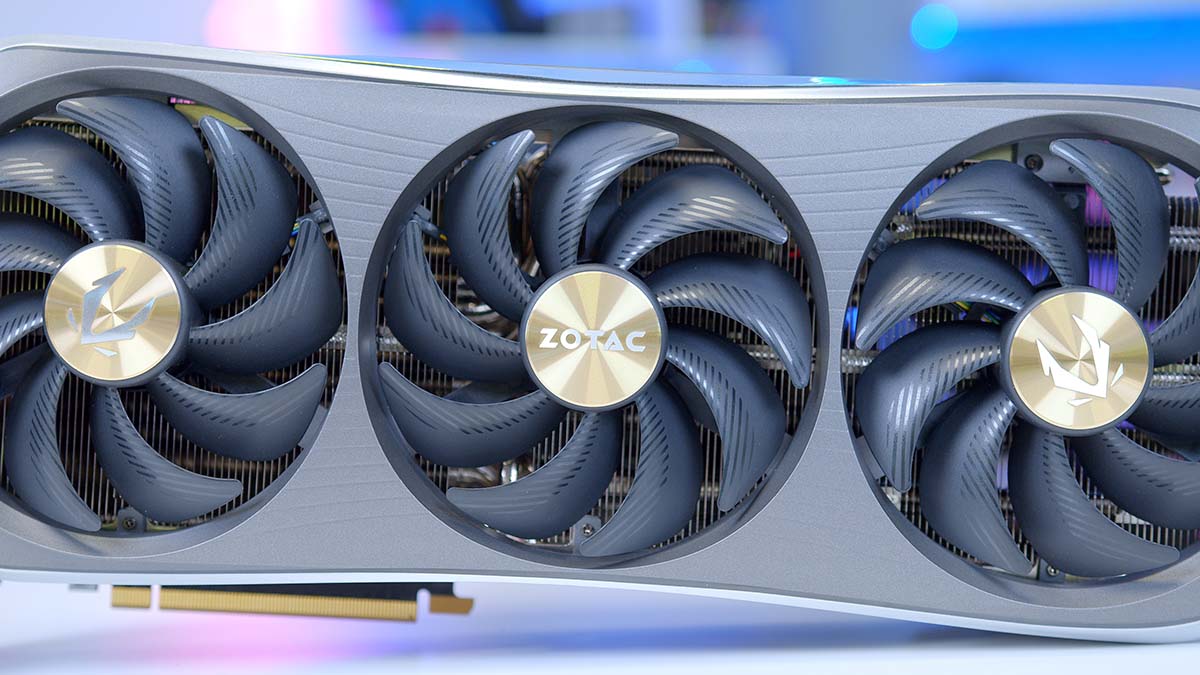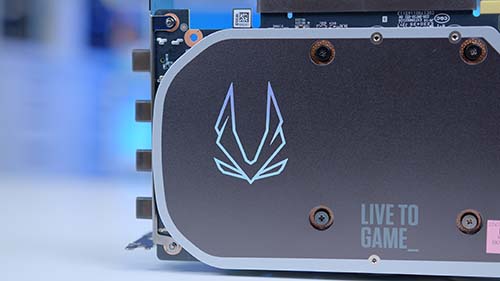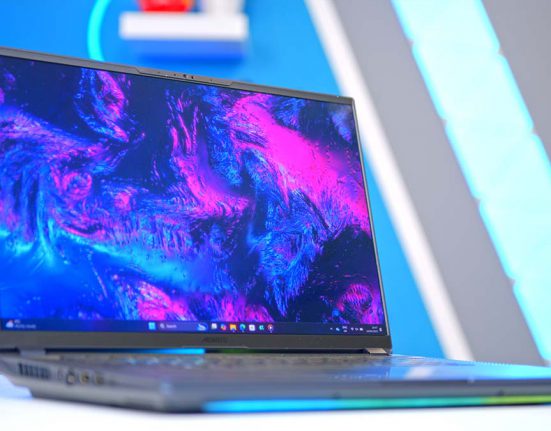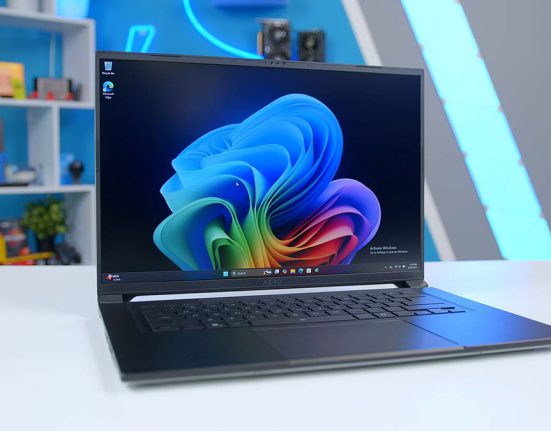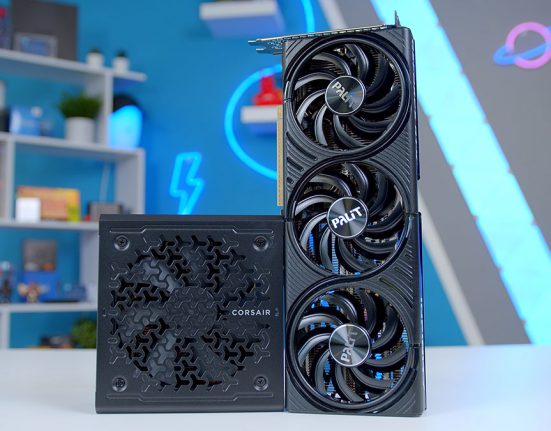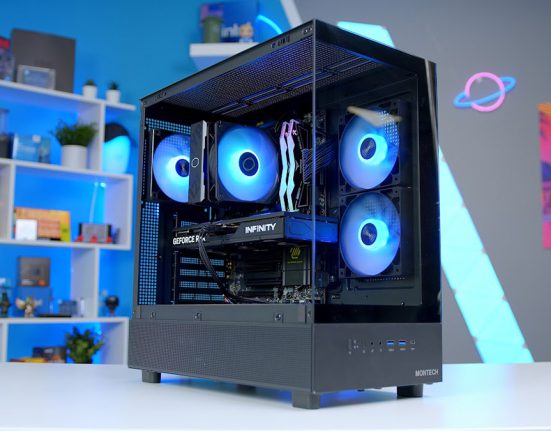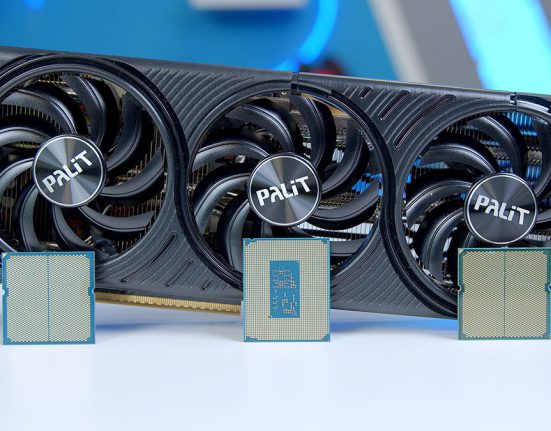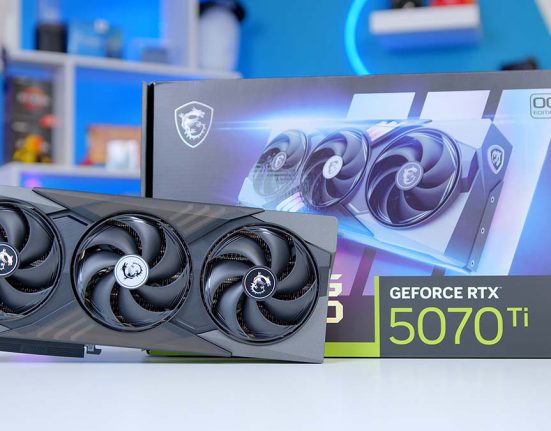Zotac is a popular graphics card manufacturer in the PC gaming space and has been around for as long as we can remember. Zotac has been seen as a budget-oriented manufacturer, offering competitively priced GPUs with solid cooling all around. However, in recent years, Zotac has started to step up its game with some more premium designs geared towards overclocking, silence, and high performance.
However, which cards are best for what? And what are the main differences between them? In this guide article, we’ll answer these questions with a roundup of Zotac’s graphics cards. We’ll delve into the main differences between the cards and coolers, with some performance metrics towards the end.
Trinity vs AIRO – What Are the Differences?
With the release of the new RTX 4000 series of cards, Zotac introduced an entirely new set of GPUs with significantly improved cooling. These cards are known as the Trinity and AIRO variants, which are ideal for those planning to overclock their GPU or those looking to build a PC with perfect thermals.
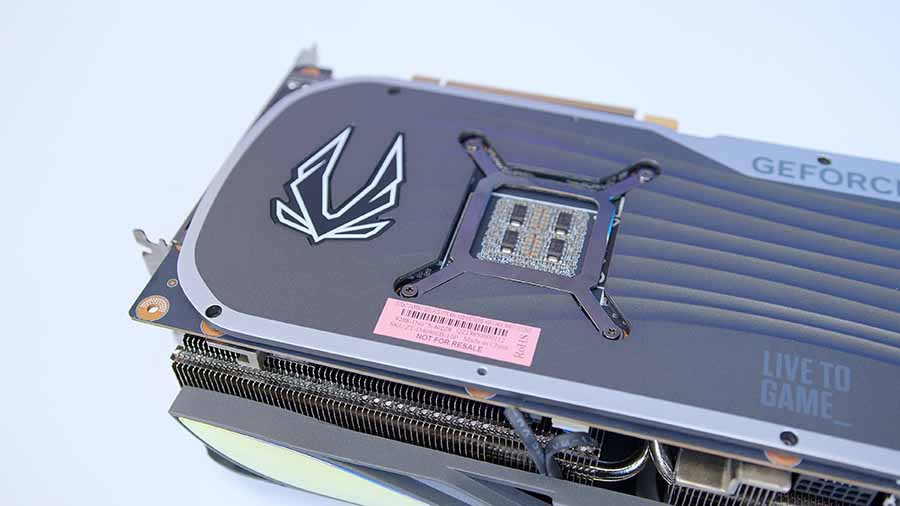
But what are the differences between them? From a glance, not much. The Trinity OC and AMP Extreme AIRO are rather similar when it comes to thermal capability. The AMP Extreme AIRO cards are mounted with triple 110m fans with wide blades that aid with airflow and pressure, whereas the Trinity OC only has dual 110m fans, with the middle being 100mm. This does mean that the Trinity cards might be slightly weaker in terms of thermals, but not by much.
The fans are also taller, which aids airflow, creating a focused airstream intake. The 3.5-slot heatsink and fin stack improve heat dissipation, moving all of the heat up through the heat pipes towards the custom vapour chamber, which spans the entire width of the pipes. It is also worth noting that the AMP Extreme AIRO offers a 24+4 power phase design, making it a better GPU for overclocking, contrasting to the Trinity models, which only have a 14+4 power phase design.
The Trinity non-OC card also only has a triple 8-pin adapter, so overclocking won’t be a possibility on this model as it won’t be able to reach its 495W maximum. Despite this, the Zotac RTX 4000 series GPUs have very good thermals, making them a strong competitor to the Founders Edition version.
Suggested Article: Zotac Gaming RTX 4090 AMP Extreme AIRO Review – Architecture, Design & Benchmarks
Zotac RTX 4000 Graphics Card Variants
1. Zotac Gaming RTX 4090 AMP Extreme AIRO
At the top of the list is the AMP Extreme AIRO model. This card is designed for those planning to push their frames to the max or cut down render and export times in tougher workloads. As mentioned above, these cards feature Zotac’s IceStorm 3.0 thermal system, keeping temperatures cool while keeping silence in mind.
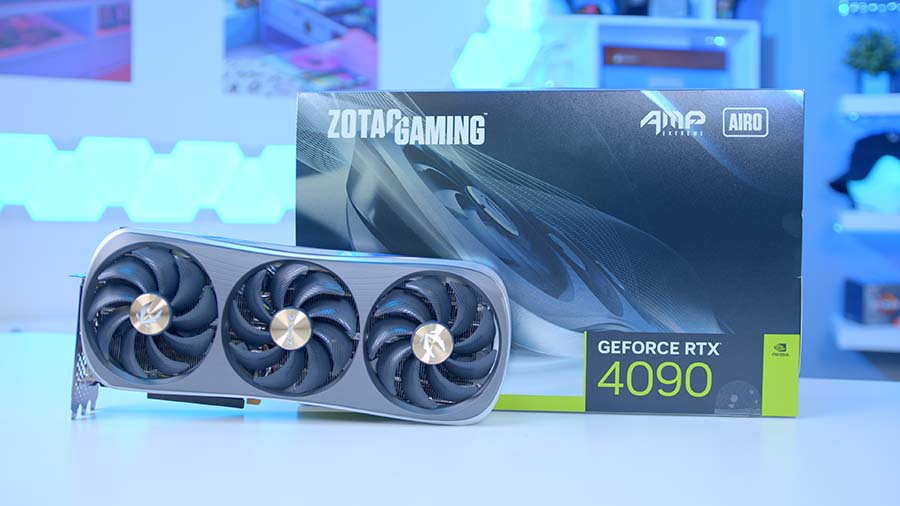
The AIRO model features a golden sheen on the top of the fans and RGB lighting surrounding the entire shroud (which, of course, can be fully customised). It also comes with a GPU support bracket, removing any sag due to the card’s heft and weight. Overall, it looks pretty awesome. This card is worth considering if you’re looking to build a top-end gaming system, potentially with some overclocking.
| Specs | Zotac AMP Extreme AIRO RTX 4090 |
|---|---|
| Video Memory | 24GB GDDR6X |
| Memory Bus | 384-bit |
| Core Clock Speed | 2.23GHz |
| Boost Clock Speed | 2.58GHz |
| CUDA Cores | 16384 |
| Power Consumption | 450W |
| RT Cores | 3rd Generation |
| Tensor Cores | 4th Generation |
| PCI-E Generation | PCI-E Gen 4 |
| GPU Length | 355mm |
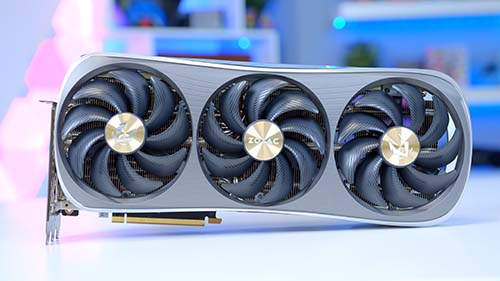
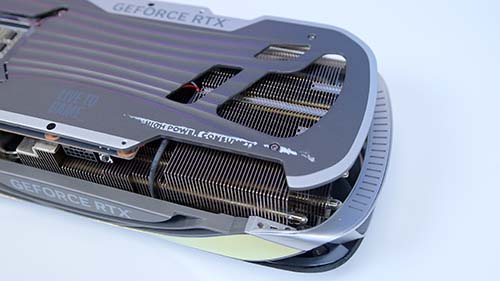
2. Zotac Gaming RTX 4070 Ti SUPER Trinity Black Edition
Zotac’s Trinity OC model of the RTX 4070 Ti SUPER is slightly similar to its AMP Extreme AIRO counterpart but comes at a cheaper price point with reduced features. This version utilises the same design as the AIRO, but the cooling system is IceStorm 2.0 instead of 3.0.
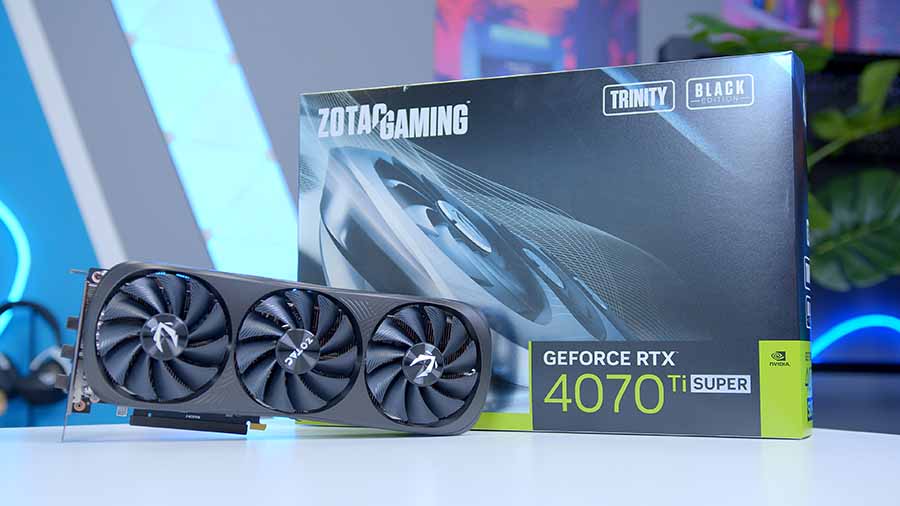
Power phases are set at 14+4, which is quite a stark difference from the AMP AIRO variant. The Trinity model offers plenty of RGB on the top of the card and on the backplate. Overall, this card seems to be the best Zotac option for those wanting a balance of price and performance. The AMP AIRO is more of a high-end card, while the Trinity variant tends to be geared towards the more price-conscious.
It is also worth noting that the standard Trinity and Trinity OC models are similar overall in design and performance. The standard Trinity does lose out on some boosting capability, but for the most part, the cards are effectively the same. Both Trinity models can still expect solid thermals and performance, but pricing and design may vary between each card.
| Specs | Zotac Trinity/Trinity OC RTX 4080 |
|---|---|
| Video Memory | 16GB GDDR6X |
| Memory Bus | 256-bit |
| Core Clock Speed | 2.21GHz |
| Boost Clock Speed | 2.5GHz/2.52GHz |
| CUDA Cores | 9728 |
| Power Consumption | 320W |
| RT Cores | 3rd Generation |
| Tensor Cores | 4th Generation |
| PCI-E Generation | PCI-E Gen 4 |
| GPU Length | 356mm |
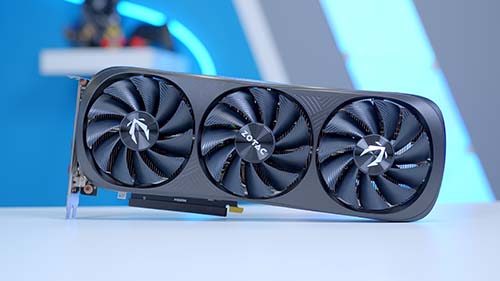
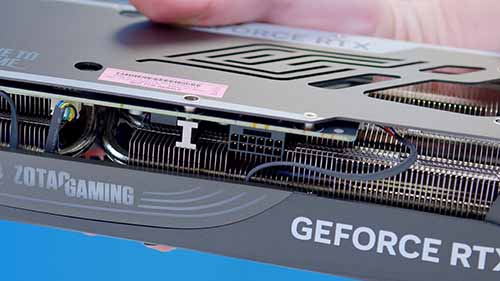
3. Zotac Gaming AMP AIRO RTX 4070 Ti
The Zotac Gaming RTX 4070 Ti AMP AIRO is one of the cheapest models, offering a more simplistic design than the AMP AIRO and Trinity cards. Like the other variants we’ve looked at, the AMP AIRO features the IceStorm 2.0 cooling system, keeping temperatures low. This model comes with the same two 110mm fans that we saw with the Trinity variants and a 100mm fan in the middle, which will lessen thermal capability by a small margin.
Regarding aesthetics, the AMP AIRO has an RGB bar that spans the top of the graphics card. This can be customised within the Zotac FireStorm software, allowing consumers to change colours and lighting effects. The AMP AIRO lacks RGB on the rest of the card, but I think the minimalist matte grey design looks pretty good overall. We understand some will be looking for more flashiness regarding aesthetics.
| Specs | Zotac AMP AIRO RTX 4070 Ti |
|---|---|
| Video Memory | 12GB GDDR6X |
| Memory Bus | 192-bit |
| Core Clock Speed | 2.31GHz |
| Boost Clock Speed | 2.76GHz |
| CUDA Cores | 7680 |
| Power Consumption | 285W |
| RT Cores | 3rd Generation |
| Tensor Cores | 4th Generation |
| PCI-E Generation | PCI-E Gen 4 |
| GPU Length | 307mm |
Zotac Performance Benchmarks
This section briefly examines gaming benchmarks for the Zotac RTX 4090 AMP Extreme AIRO. All of the Zotac GPUs we’ve tested have been put through the wringer across a range of AAA and Esports titles at varying resolutions and settings. Our How We Test Graphics Cards article provides a full write-up of our testing methodologies.
Marvel’s Spiderman Remastered
In Spiderman Remastered, we cranked up the settings to 4K to see how the Zotac AIRO would fare versus the other AIB models. Unfortunately, the Zotac model seems slightly weaker compared to other cards. Although thermals were great here, the Zotac card couldn’t quite offer the same framerate that other models could, sitting at an average of 121FPS. This is perfectly fine regarding gameplay, but the Zotac model is clearly the weaker option of the entire selection.
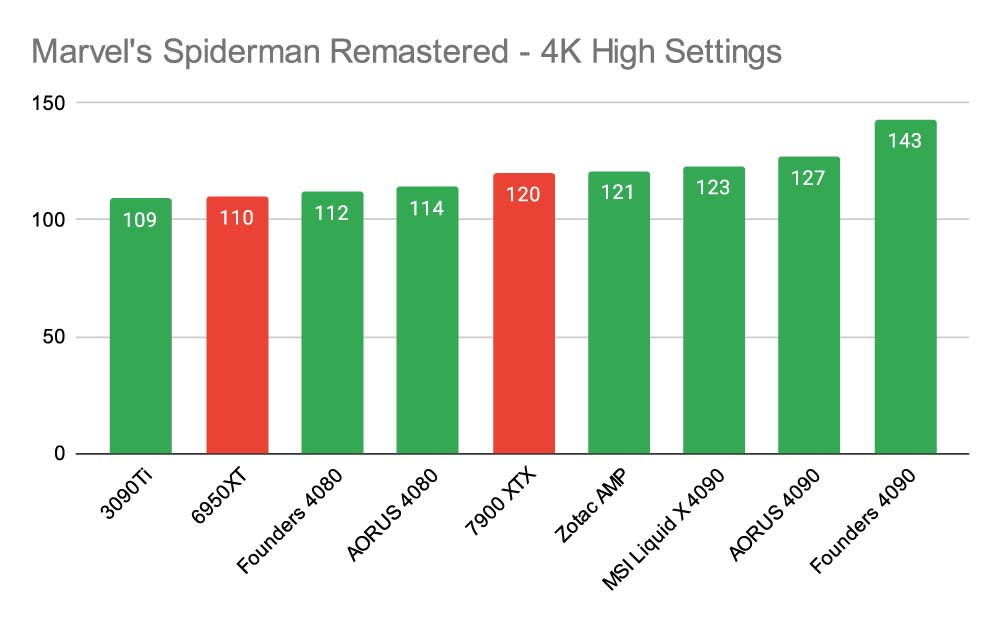
F1 2022
In F1 2022, we turned on Ray-Tracing and DLSS to see how high our frames could fly with extra visual fidelity. The Zotac AMP sits at the top of this graph, offering the best average framerate of 239FPS. Thermals were very strong here, and utilisation would only ever max out at around 65% or so. We were very happy with the performance here, and I believe the higher boost clock speed on the Zotac AIRO is showing its strength here.
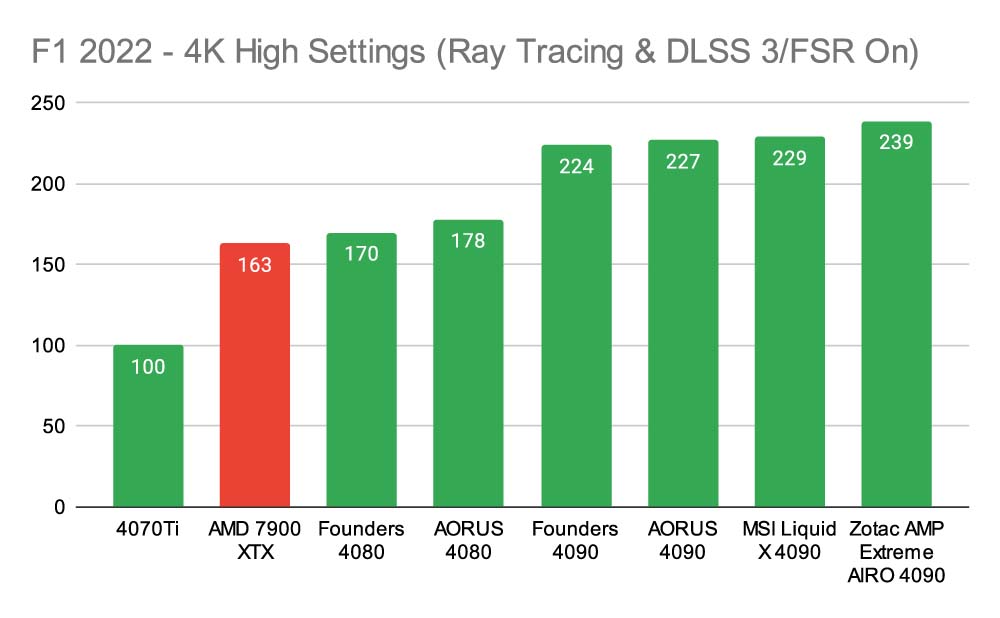
Cyberpunk 2077
Finally, in Cyberpunk 2077, we turned on DLSS 3.0 to see where performance would lie. Zotac was slightly weaker, but the performance difference was marginal compared to the rest of the AIBs. The Zotac AIRO card offered an average framerate of 142FPS, which is enough to play Cyberpunk smoothly without any hindrances. Again, thermals stayed reasonable overall, and we were very happy with the performance metrics.
